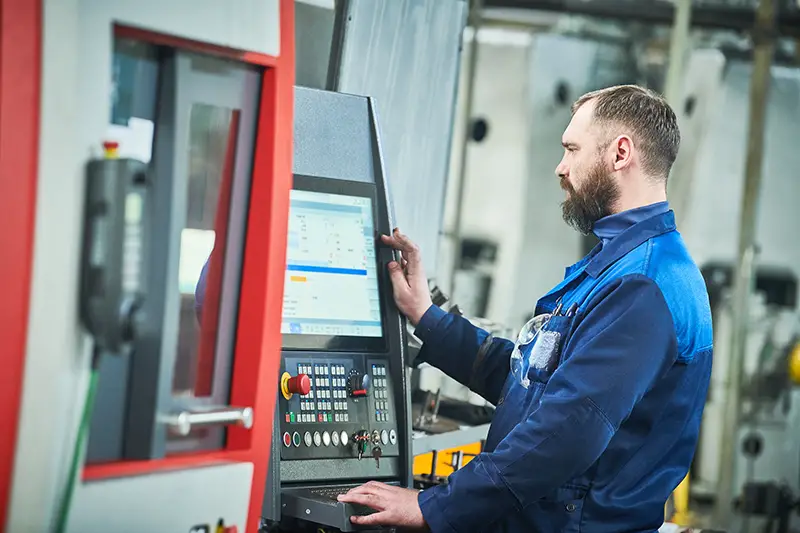Click here to get this post in PDF
Most experts consider a 5-10% rejection rate average; anything above that is unacceptable. A high rejection rate in manufacturing can have serious consequences for a business. It damages the business reputation and causes customer dissatisfaction, resulting in high losses. Reducing rejection rates allows you to improve your bottom line, enhance customer satisfaction, and identify areas for improvement in your manufacturing process. And that, in turn, makes your business more sustainable long term. Here are five ways to reduce the rejection rate in your manufacturing business.
1. Improve quality planning
A well-defined quality plan outlines the processes and procedures for product quality and helps ensure quality is built into the product from the start. You can minimise the likelihood of producing defective parts by establishing clear quality objectives and defining acceptance criteria. The quality plan can also serve as a blueprint for the manufacturing process, providing a roadmap for quality control and improvement. In addition, effective supplier management can help ensure that all components and materials used in the manufacturing process meet the required quality standards. Furthermore, regular reviews of the quality plan can identify areas for improvement and drive continuous improvement initiatives.
2. Minimise reworks
Rework is a common cause of high rejection rates in manufacturing. It occurs when products are deemed defective and requires additional work to bring them up to standard. This may be due to mistakes made during the manufacturing process or incorrect use of equipment. Rework is time-consuming, requires additional resources, increases costs, and negatively impacts product quality. And that can lead to even higher rejection rates. What strategies or measures to adopt to minimise rework may depend on what type of products you manufacture. For example, if you manufacture car parts, you can consider powder coating surfaces over wet painting them, as the former comes with less rework and lower rejection rates.
3. Enhance supplier management
By ensuring that suppliers meet the required quality standards, defective parts can be prevented from entering the manufacturing process. This can be achieved by implementing supplier audits, setting clear quality expectations, and establishing a supplier scorecard to track supplier performance. Regular communication and collaboration with suppliers can also address quality issues on time and drive continuous improvement. You can also integrate supplier management into the overall quality plan to ensure that suppliers align with the company’s quality objectives.
4. Implement process monitoring
Real-time monitoring of key process parameters, such as temperature, pressure, and speed, can detect and prevent issues before they result in rejected parts. This can be achieved through sensors, data collection systems, and statistical process control (SPC) tools. SPC can provide real-time data on process performance, identify trends and patterns that may contribute to high rejection rates, and inform process improvements. By regularly monitoring process parameters, manufacturers can detect and correct issues before they result in rejected parts.
5. Enhance operator training
Operators should have a deep understanding of the manufacturing processes and be equipped with the necessary skills to perform their tasks accurately and efficiently. This may involve providing hands-on training, visual aids, and interactive simulations to help operators understand complex processes. You can also use regular training sessions to refresh their knowledge and keep them up to date with any changes in the manufacturing process. By providing operators with the right tools and knowledge, they are better equipped to identify and correct errors before they result in rejected products.
You may also like: The Future Of Manufacturing: What To Expect
Image source: Shutterstock.com

